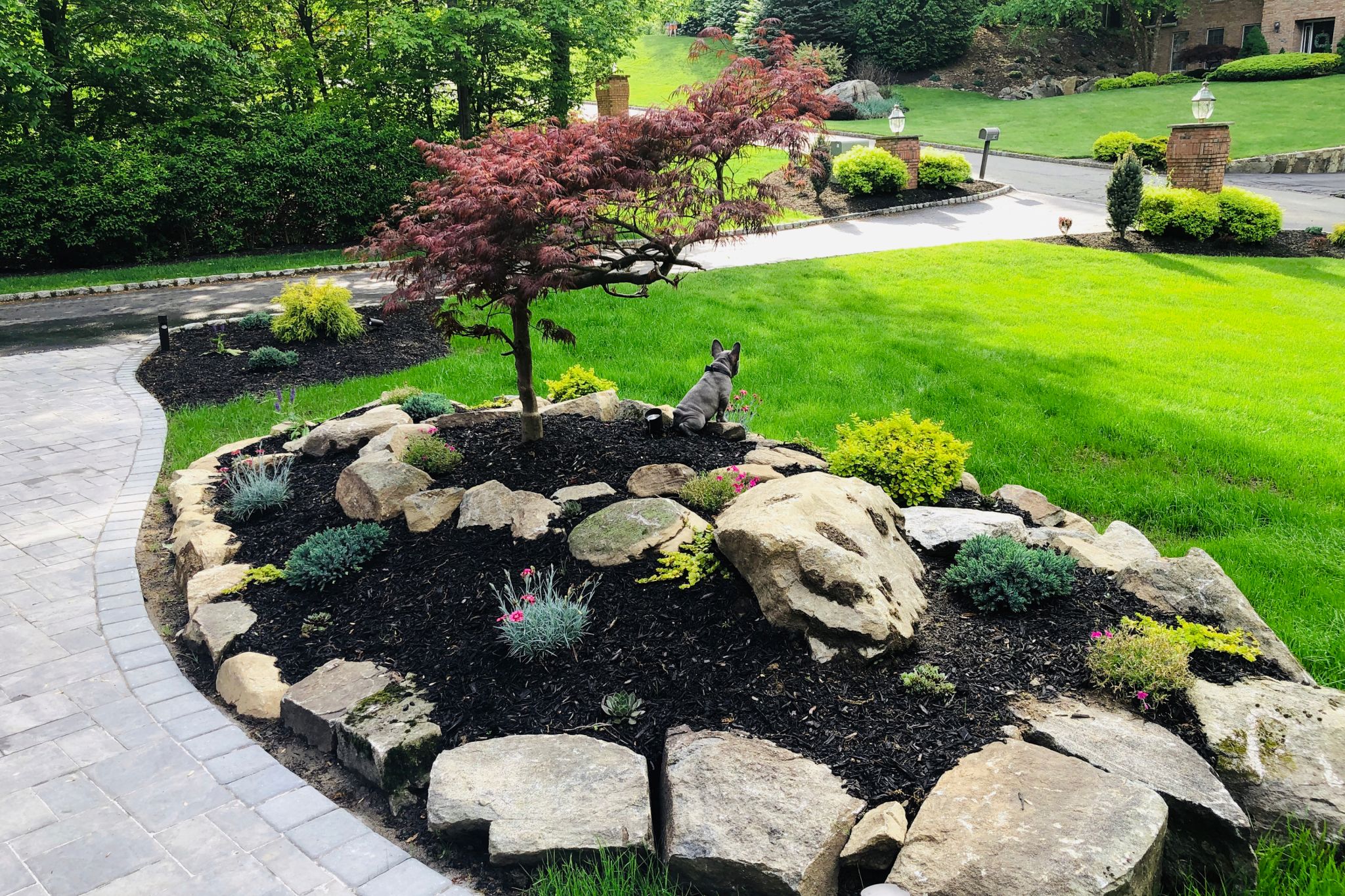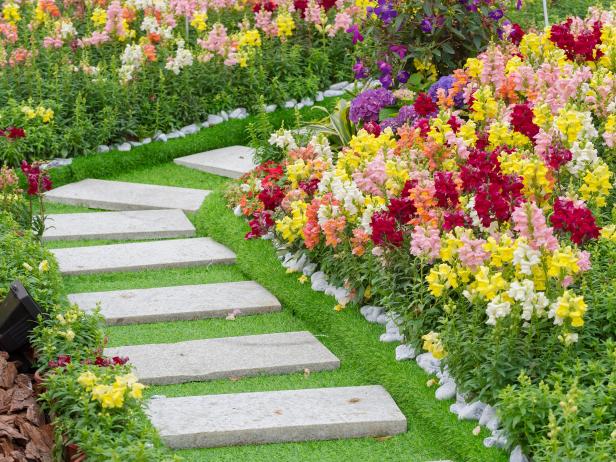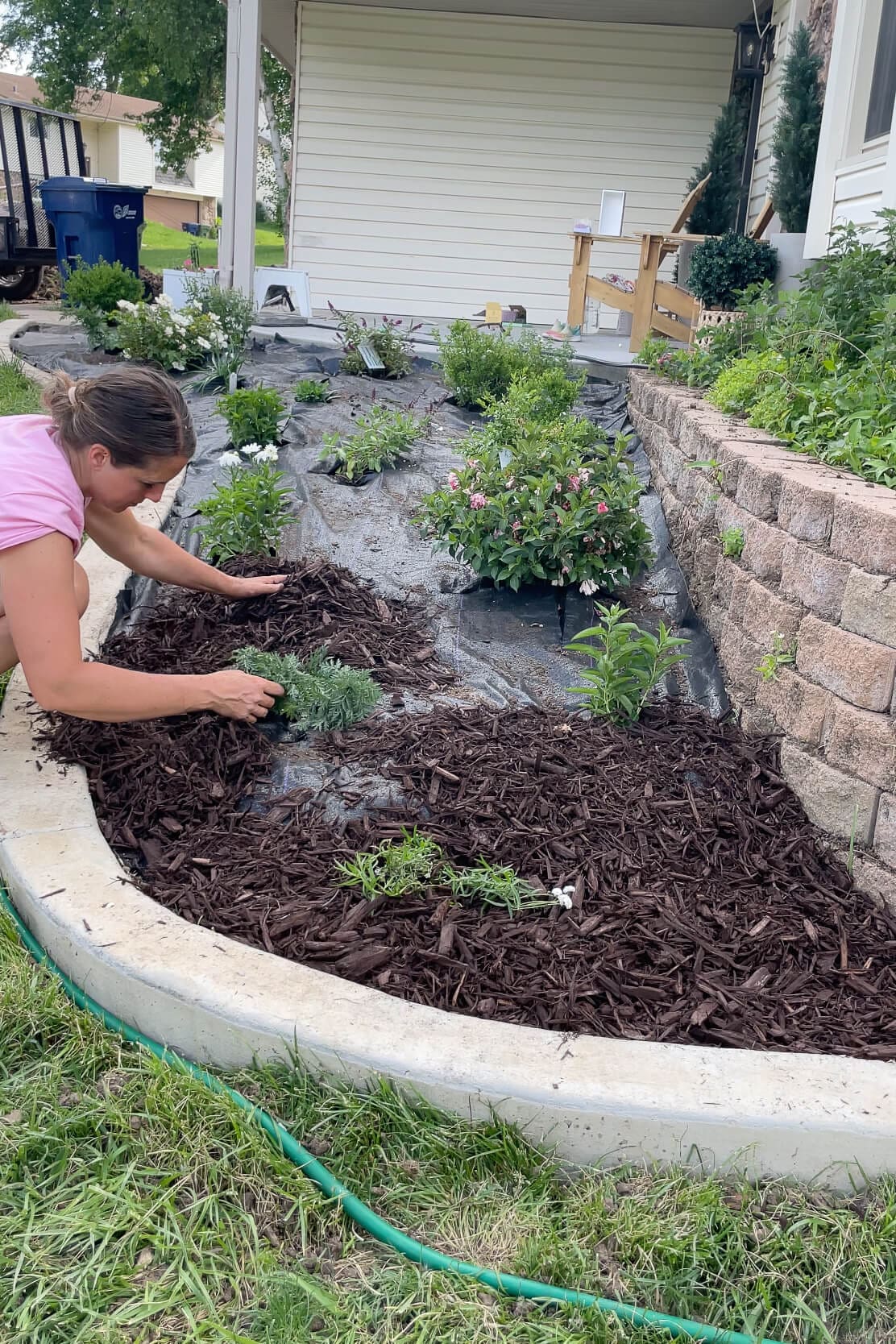Landscaping Near Me: Creating Outdoor Spaces Includes Arranging Plants, Pathways, And Features To Boost Natural Appeal And Performance
Tracing the Roots of Landscape Style
Have you ever roamed through a garden and felt carried to another era? Landscape style isn't just about planting flowers; it's a story etched into the earth, formed over centuries by culture, climate, and imagination. From the formal gardens of Renaissance Europe to the wild, naturalistic settings favored by the English Romantic movement, the evolution of landscape design exposes mankind's moving relationship with nature.
The Ancient Foundations
Long before modern-day tools and digital plans, early civilizations crafted landscapes with symbolic intent. The hanging gardens of Babylon, often hailed as a marvel of the ancient world, integrated engineering marvel with lavish plant to create a sanctuary in the desert (Landscape Design). Likewise, the Japanese zen gardens echo simplicity and meditation, proving that landscape style can be both useful and extensive
Secret Milestones in Landscape Design History
| Age | Particular | Significant Influence |
|---|---|---|
| Ancient | Meaning and energy | Egyptian and Babylonian gardens |
| Renaissance | Balance and order | Italian official gardens |
| 18th Century | Naturalistic, pastoral landscapes | English landscape gardens |
| Modern | Ecological sensitivity and innovation | Contemporary sustainable design |
Why Does This Matter Today?
Isn't it remarkable how the principles of landscape style from centuries ago still influence our yards and parks? When creating an area now, understanding its historical context enriches the process. For example, incorporating elements of proportion from the Renaissance can bring balance, while embracing natural kinds lines up with today's ecological concerns.
- Historic understanding informs product choices and plant selection.
- Standard layouts can mix with contemporary sustainability practices.
- Designs stimulate emotional responses by using cultural memory.
Assess a garden you love-- does it whisper stories of previous style movements or boldly declare originalities? Landscape style is a living dialogue in between history and innovation, where every path and plant tells a tale.
Unraveling the Concepts That Shape a Landscape
Ever wondered why some gardens seem to whisper tricks while others scream turmoil? The answer lies in the concepts of landscape style. Balance, rhythm, and unity are more than just elegant copyright; they are the undetectable threads weaving a tapestry that pleases the eye and relaxes the soul.
Balance isn't simply about balance. Picture an enormous oak tree on one side and a cluster of delicate flowers on the other-- visual weight matters, not similar shapes. It resembles a discussion where both voices are heard without subduing one another.
Elements That Bring Life to Your Outside Canvas
- Line: Guides the observer's eye, whether through a winding course or a row of hedges.
- Kind: Shapes that develop structure; think of the contrast in between round shrubs and angular rocks.
- Texture: The roughness of bark versus smooth leaves includes depth and intrigue.
- Color: Plays with state of mind-- cool blues soothe, while fiery reds energize.
- Area: The breathing space that avoids overcrowding and turmoil.
Expert Tips on Harmonizing These Aspects
- Start by sketching your area, marking existing features-- do not underestimate the power of a simple illustration.
- Use repeating of shapes or colors to develop rhythm, however avoid dullness by presenting unanticipated focal points.
- Think about the seasons; what looks stunning in spring may disappear by fall-- evergreens can anchor your style year-round.
In my early tasks, disregarding scale led to a garden overshadowed by towering trees, leaving no room for underplanting. Lesson learned: constantly step and imagine in 3 dimensions. Does your style invite expedition or confusion? Mastering these landscape design components transforms spaces from simple plots of land into immersive experiences.
Exploring the Variety of Landscape Design Styles
Why go for a cookie-cutter garden when the world of landscape style provides a spectrum of designs that can transform a simple yard into a living masterpiece? From the structured sophistication of official gardens to the wild, untamed beauty of naturalistic styles, each type invites a special story to unfold. Ever noticed how a Japanese garden whispers calmness while a Mediterranean courtyard screams lively life?
Popular Styles & & Their Signature Elements

- Official: Proportion rules here, with clipped hedges and geometric patterns guiding the eye.
- Informal: Free-flowing lines and natural plant groupings simulate nature's randomness, making space feel unwinded and welcoming.
- Contemporary: Minimalist and smooth, this style mixes hardscapes like concrete and steel with thoroughly selected plant.
- Rustic: Think rough textures, native plants, and recovered products that echo countryside beauty.
- Tropical: Bold foliage and lively blooms develop an immersive, lavish atmosphere best for warm climates.
Expert Tips for Choosing the Right Design
One secret typically neglected: soil and environment determine what flourishes, not simply visual appeals. Do not let the desire for exotic plants undermine your style. Instead, welcome native types that require less water and care, lining up sustainability with design. Ever attempted layering textures and heights to produce depth? A simple technique like planting ornamental grasses behind shorter perennials can breathe life into flat landscapes.
Table: Style Characteristics vs. Practical Considerations
| Style | Maintenance Level | Best For | Secret Products |
|---|---|---|---|
| Formal | High | Timeless homes, public gardens | Boxwood, stone, gravel |
| Informal | Moderate | Household backyards, natural settings | Native plants, mulch, wood |
| Contemporary | Low to moderate | Urban spaces, contemporary homes | Concrete, metal, succulents |
| Rustic | Low | Rural residential or commercial properties, cabins | Natural stone, wildflowers |
Ever had problem with visualizing how a style might suit your space? Sketching or digital modeling can expose nuances hidden by the naked eye. Keep in mind, a cohesive landscape style isn't merely about plants; it has to do with producing an environment that feels like an extension of your own personality.

Accuracy Fulfills Imagination: Tools That Forming the Landscape
Ever tried shaping a work of art with blunt instruments? That's how landscape style feels without the ideal toolkit. From the simple measuring tape to sophisticated digital software application, the arsenal of tools directly influences the final aesthetic and performance of any task. For circumstances, a laser level can be a video game changer when you need to guarantee best grade and drainage-- something every landscape designer obsesses over however couple of clients notice.
Essential Instruments for each Landscape Designer
- Determining tapes and stakes for precise spacing and design
- Soil test kits to evaluate pH and nutrient levels, diving much deeper than simply "good dirt"
- Sketching tools: pencils and chart paper for early concept
- Digital style software application that mimics sunshine and shadow patterns over seasons
- Pruning shears and hand saws, vital for forming living elements
Methods That Turn Soil into Stories
Do you know why contouring website a garden bed matters beyond looks? It controls water overflow, decreasing erosion and safeguarding root systems. It's a subtle art of balancing nature's impulses with human intention. When setting out paths, think about the natural walking patterns-- forcing stiff, straight lines typically backfires, both visually and functionally.
One lesser-known technique is using xeriscaping techniques to produce drought-resistant landscapes. It's not almost conserving water; it's about weaving a durable tapestry that thrives with minimal intervention. Integrate native plants and layer textures to build depth and year-round interest.
| Strategy | Function | Professional Idea |
|---|---|---|
| Terracing | Handle sloped land to prevent soil erosion | Use keeping walls with natural stone for resilience and visual consistency |
| Mulching | Keep wetness and reduce weeds | Organic mulches improve soil health as they decompose |
| Layering | Develop visual interest and eco-friendly balance | Combine groundcovers, shrubs, and trees with staggered heights |

Creative Outside Areas in San Diego County
San Diego County is renowned for its diverse landscapes, extending from stunning seaside beaches to rugged inland mountains and expansive deserts. Home to over 3 million residents, the area provides a lively mix of cultural attractions, outside activities, and natural appeal. Popular destinations include Balboa Park, understood for its gardens and museums, and the picturesque Torrey Pines State Natural Reserve. The moderate, Mediterranean environment supports a variety of plant life, making it a perfect area for innovative and sustainable landscape design.
They motivate you to connect to California Landscape Development for a complimentary assessment and expert suggestions on landscape style, helping you change your outside area into a spectacular and practical area.